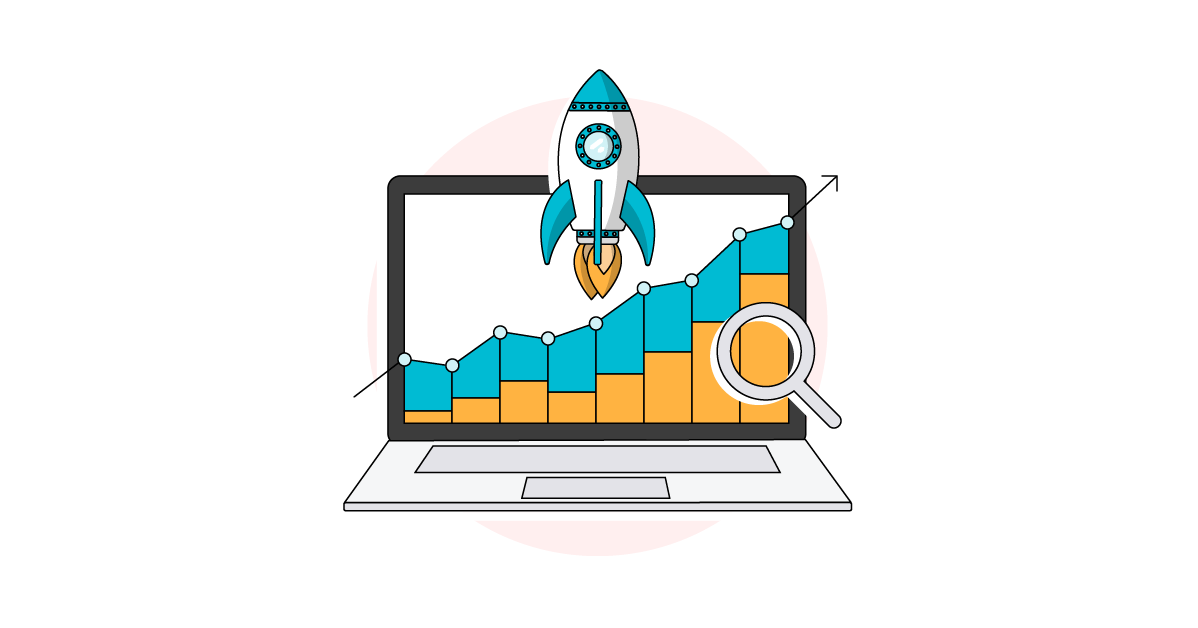Today, optimizing for search is optimizing your customer’s experience. As people query a search engine on their laptop, ask a voice assistant for help, or use their mobile device to find nearby solutions to their needs, brands must be positioned to appear in these critical decision-making moments.
Moreover, they must be positioned to respond with relevant, personalized content that speaks directly to the stated need—regardless of device or platform. In fact, real-time marketing (65%) and omnichannel delivery and engagement (52%) were identified as the top two near-term marketing priorities in an Econsultancy/Resulticks survey of more than 340 enterprise brands.
This massive influx of search and customer interaction data cannot possibly be analyzed and activated in real-time without automation. But make no mistake, automation is no longer about having machines simply perform redundant tasks for us. The power of artificial intelligence has given our SEO and marketers the power to analyze information, make decisions, and even carry out optimization tasks, freeing up time for SEOs to focus on the more creative and strategic elements of each campaign.
How can you use AI in your SEO strategy to gain greater insight, respond in real-time, and increase your relevance to the ask?
Gleaning customer insights from search data
Artificial intelligence can enable SEOs to quickly reap the most impactful insights from otherwise insurmountable datasets. As search data has become increasingly complex, it’s become a rich source of insight with value across the organization:
- Search queries can tell us what the customer needs, how they feel about it, what problem or pain point has led them to search, and more.
- Zero-click – behavior on search results pages (SERPs) and interactions with local listings can tell us when customers quickly found their answer and converted to a phone call or in-store visit.
- On-site activity can tell us what stage of their buying journey a customer is in, what information gaps still exist, what topics they want to learn more about, what reservations they may have about completing the transaction, and more.
- Demographics – high-level trends, traits, and characteristics can add depth and color to buyer profiles.
- Transactions – purchase history, interactions with in-store beacons, offers redeemed, and third-party profiles from credit cards, for example, help fill in the gaps and build a more robust understanding of the customer.
- Social media, email, and other ongoing conversations can help us understand specifically what messaging resonates, which offers or content trigger a conversion reaction, and more.
SEO holds the key to the bulk of this data that is used not only for informing marketing campaigns and targeting but for improving product, customer service, and loyalty. Customer data has the power to transform the entire business, which puts SEOs in a pretty enviable position—if they can share and communicate these insights with the parties who can benefit from them.
Your CEO doesn’t want to see ranking reports; they want high-level insights that can inform the direction of the company. Front-line customer service teams don’t need to get into the weeds of an SEO audit, but they do need to understand what specific pain points and friction in the customer journey exist so they can more proactively address those.
AI-powered insights ensure reporting with speed and precision. Technology can be trained to recognize patterns in data and even dig into many layers of data, pinpointing opportunities and challenges you would never have uncovered otherwise. And marketers are not only seeing success stories in SEO: more than 31% of respondents in a BrightEdge survey found that AI helped provide a better understanding of the customer. (Disclaimer: I’m the COO at BrightEdge).

Using AI-based automation to improve SEO performance
This is really the power of the AI layer in SEO. We’ve long used automation to save time and reduce labor, but AI based automation can improve SEO’s performance, too.
AI-powered paid media bidding was perhaps one of the best-known early uses of AI in marketing. Knowing this, SEOs can work closely with paid media teams to ensure good exposure while eliminating cannibalization, duplicated efforts, and wasted spend.
That same underlying AI technology can now power real-time content optimization and personalization, as well. SEOs have the ability to automate repetitive tasks such as link building and auditing. But you can also program your AI-powered SEO tools to trigger optimizations based on consumer behavior, interactions with content, specific search queries, and more.
Conversational bots, for example, can “learn” and improve their accuracy as they “get to know” your audience. Personalization engines can detect patterns and structure in your traffic and begin to predict which product or content recommendations may perform the best. And as those interactions take place, they continue to analyze, learn, adjust and perfect.
What incorporating AI into your SEO strategy gives you is the benefit of scale, even if you’re a one-person operation. Think of AI as a silent partner—a data-obsessed, completely geeked-out partner who never sleeps, is always on, and does the analytical work of a team of hundreds.
AI isn’t out for your job; it will free up your time and mental energy to focus on your more creative, strategic SEO opportunities. It will support you as you make the pitch for more SEO budget, present multi-channel recommendations to your CMO, and in some automated cases do a lot of the heavy lifting for you so you can focus on creative and digital strategy.







